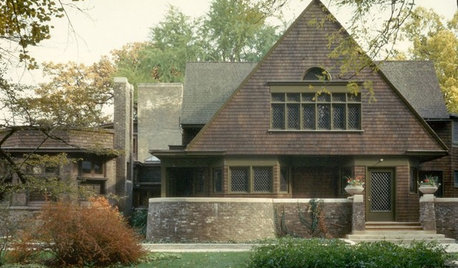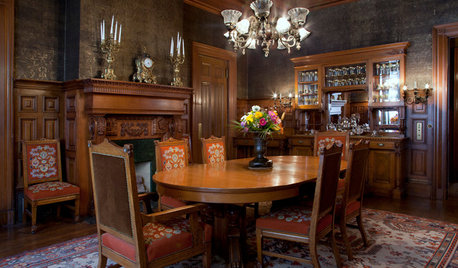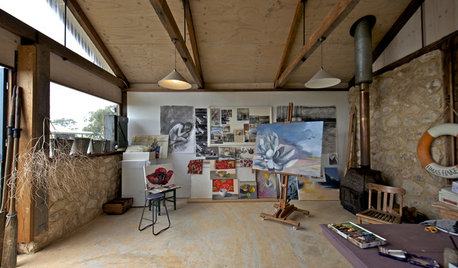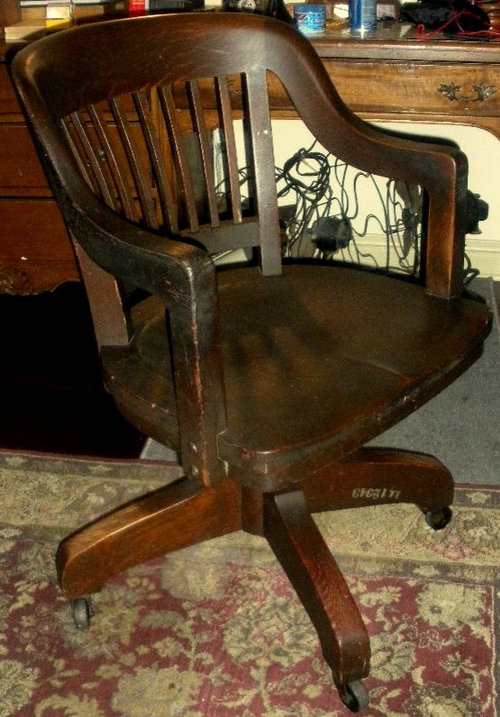Resettlement Administration 1935 Oak Office Chair
saintroad
12 years ago
Related Stories

HOUZZ TOURSHouzz Tour: A Radical Reconstruction Raises an Austin Home
With a new second floor and some room swapping downstairs, this 1935 Texas bungalow now fits an architect and his family beautifully
Full Story
LIFERetirement Reinvention: Boomers Plot Their Next Big Move
Choosing a place to settle in for the golden years? You're not alone. Where boomers are going and what it might look like
Full Story
FRANK LLOYD WRIGHTWhat Frank Lloyd Wright's Own House Tells Us
The buildings dreamed up here changed the course of architecture — and Wright's home was no less a design lab than the studio itself
Full Story
HOUZZ TOURSMy Houzz: A Paean to the 1950s and '60s in Pennsylvania
With vintage furniture, a sunken den and pristine original details, this home is a true homage to midcentury style
Full Story
HOUZZ TOURSMy Houzz: Turning a Netherlands Barn Into a Country Home
Once a place for chilling milk, this Dutch home now lets the owners chill out in easygoing comfort
Full Story
HOUZZ TOURSMy Houzz: From Destruction to Renewal After Hurricane Katrina
After losing almost everything home related, a couple rebounds with a new, contemporary build on the same site
Full Story
VICTORIAN DESIGNHouzz Tour: San Francisco’s Haas-Lilienthal House
Get a rare behind-the-scenes glimpse of this storied Victorian mansion from its decade-long caretaker
Full Story
STUDIOS AND WORKSHOPSHouzz Call: Show Us Your Hardworking Studio!
Upload a photo of your home studio or workshop and tell us how you’ve designed it to work extra hard for you
Full Story
MOST POPULAR11 Reasons to Paint Your Interior Doors Black
Brush on some ebony paint and turn a dull doorway into a model of drop-dead sophistication
Full Story
DECORATING GUIDESThe '70s Are Back. Can Ya Dig It?
No need to cringe. These 21 groovy blasts from the past are updated to look fabulous today
Full Story










calliope
Mikk
Related Professionals
Franklin Furniture & Accessories · Portland Furniture & Accessories · Fort Carson Furniture & Accessories · Mahwah Furniture & Accessories · Silver Spring Furniture & Accessories · Concord Painters · High Point Painters · Annandale Painters · Sarasota Painters · Fort Wayne Furniture & Accessories · Stuart Furniture & Accessories · Highland Park Furniture & Accessories · Riverton Furniture & Accessories · Kent Professional Organizers · Los Angeles Professional Organizerscalliope
saintroadOriginal Author
Mikk
pris
calliope
cyn427 (z. 7, N. VA)
moonshadow